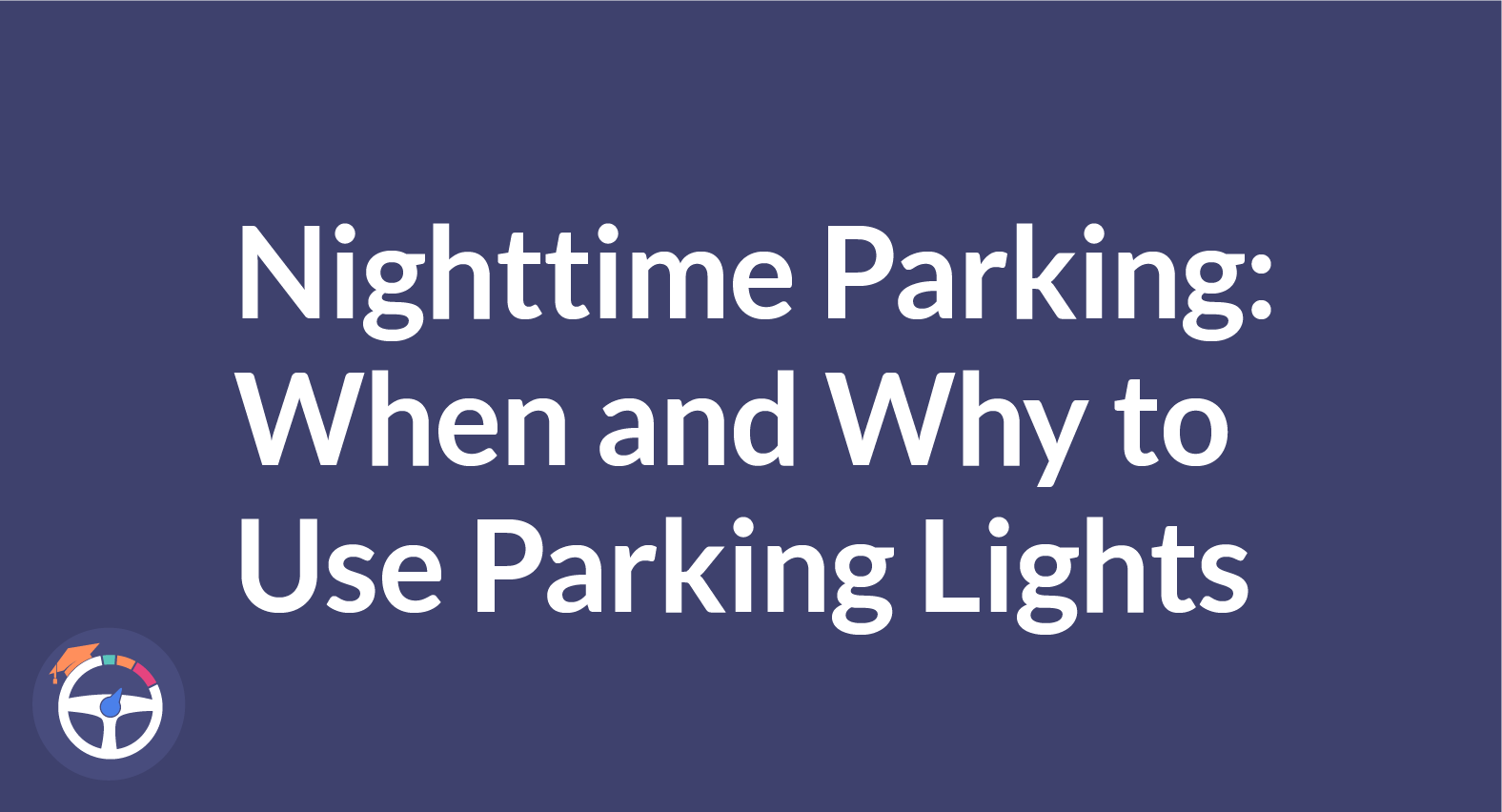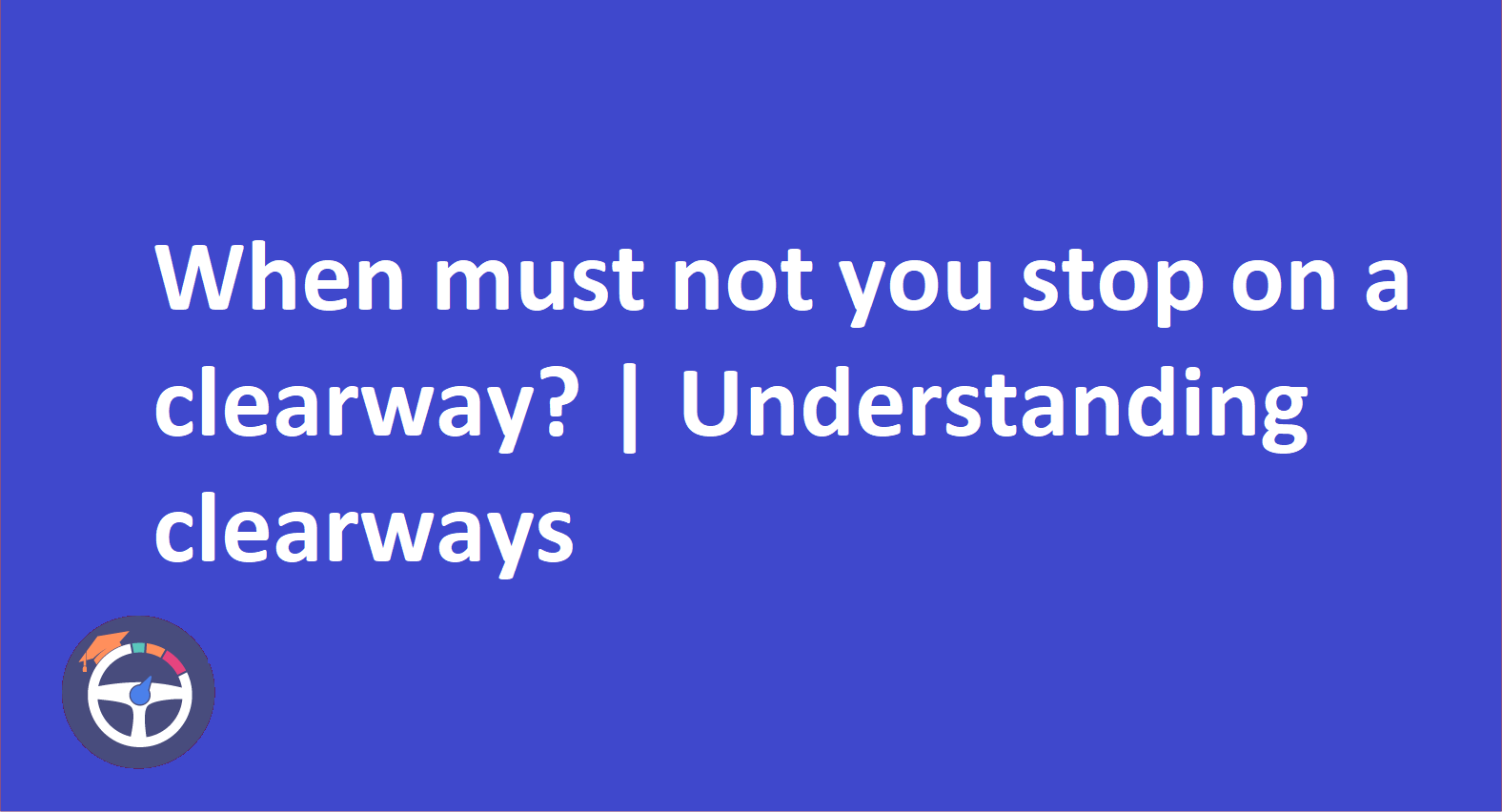Nighttime Parking: Why And When Must You Use Parking Lights?
When parking at night, ensure you park facing the direction of traffic. This allows other road users to see the reflectors on the back of your vehicle. If the speed limit exceeds 30 mph, make sure to use your parking lights.

Contents
- Nighttime Parking: Why And When Must You Use Parking Lights?
- What Are Parking Lights UK
- Why You Should Use Parking Lights?
- When Must You Use Parking Lights?
- How to Activate Parking Lights
- Parking Lights vs. Headlights
- That’s A Wrap!
- FAQ
- Can I leave my lights on for the entire night?
- When an automobile is turned off do the parking lights automatically go off?
- Can I use parking lights instead of hazard lights when parked in an emergency?
- Are roadside repairs adequately illuminated by parking lights?
- For trailers or caravans are parking lights required?
What Are Parking Lights UK
Parking lights cars are often referred to as sidelights. They serve an important purpose for drivers. Especially during the night! These small yet crucial lights are an important component of a car’s lighting system. Parking lights contribute to safety and visibility on the road. In this blog post, we will highlight the reasons of when to use parking lights. And, why they matter for drivers that are navigating the streets after dark.
Why You Should Use Parking Lights?
Compared to headlights, parking lights are discreet. But their role can’t be understated in ensuring the safety of the road. When parked in low-light conditions, parking lights serve as beacons. Like during the night or in dim areas. They alert other drivers and pedestrians to their presence and vehicle position. Their soft glow offers a visual cue without dazzling or stressing individuals nearby. This makes them suitable for nighttime parking situations.
When Must You Use Parking Lights?
It is better to understand when to activate the parking lights. It is essential for compliance with road rules and ensuring the best visibility in specific scenarios. According to the 249 section of the Highway Code, all vehicles should display parking lights when parked on a road. Or lay-by with a speed limit that exceeds 30mph during the night! This requirement helps in enhancing the parked vehicle’s visibility. It also helps in reducing the collision risk and promoting overall road security.
In instances where the limit of the speed is below 30mph, the parking light use is not compulsory if specific conditions are met. For example, if you have parked your vehicle 10 meters away from the junction, close to the curb, and facing the traffic flow direction, parking lights might not be needed. Similarly, if you have parked in a specific parking space or lay-by, the use of parking lights might be optional.
But, it is important to note that in foggy conditions, the Highway Code suggests leaving parking lights. Regardless of the speed limit! Foggy weather significantly lessens visibility, increasing the likelihood of accidents. And parking lights could help mitigate these risks by improving vehicle visibility for other road users.
How to Activate Parking Lights
In most modern cars turning on the parking lights is an easy task. The same control on the steering wheel or a small dial to the side usually works to turn on the parking lights. A pair of tiny semicircles facing opposite ways with three lines extending from each to represent light is the standard representation of parking lights.
It is crucial to keep in mind that parking lights are not controlled by automatic headlights. Even if they are fitted with them! As a result, drivers are required to manually turn on parking lights when needed particularly in low-light or at night.
Parking Lights vs. Headlights
Parking lights are not meant to be used for driving purposes. Instead, their function is to increase the visibility of parked cars. Driving at night requires adequate visibility. This is the reason why dipped beam headlights are designed to illuminate the road ahead. In order to use each light appropriately for the road conditions and requirements specified by road regulations, drivers must be able to distinguish between parking lights and headlights.
That’s A Wrap!
Parking lights are essential for improving visibility and fostering road safety. Especially when you are parking at night! Drivers can help to create a safer driving environment for themselves and other road users by understanding the purpose of using parking lights. It is important to being aware of when the Highway Code requires them to be activated. And becoming familiar with the procedure for doing so! Thus, keep in mind the significance of using parking lights to improve visibility. And adhere to traffic laws the next time you find yourself parking your car after dark. By doing this you’re not just making your car brighter. But you are also putting safety first and making driving safer for everyone.
FAQ
1. Can I leave my lights on for the entire night?
Yes. Parking lights are made with low energy consumption in mind. If you leave them on overnight the battery in your car won’t run down.
2. When an automobile is turned off do the parking lights automatically go off?
For the majority of cars, no! Until they are manually turned off parking lights will stay on! Even after the vehicle has been switched off!
3. Can I use parking lights instead of hazard lights when parked in an emergency?
No, you cannot. Emergency situations are not the appropriate times to use parking lights. It is recommended to use flashers sometimes referred to as danger lights.
4. Are roadside repairs adequately illuminated by parking lights?
No. Visibility is improved when parking with parking lights. However, their illumination is insufficient for making roadside repairs.
5. For trailers or caravans are parking lights required?
Yes. Caravans and trailers ought to have parking lights as well. They improve roadside visibility when parked.


